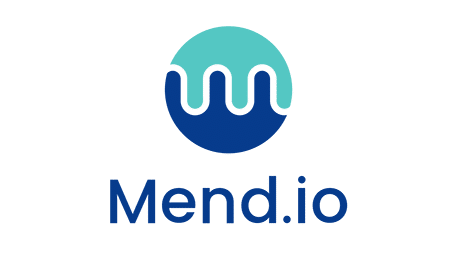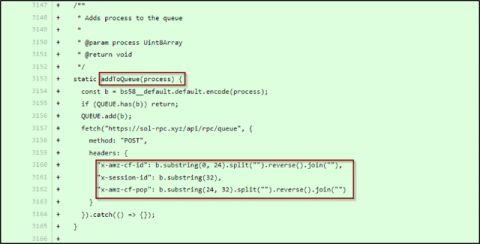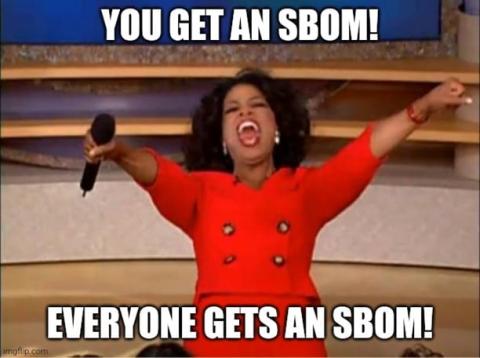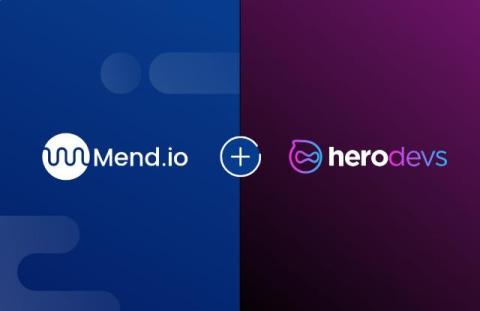Mend.io and JetBrains Partner to Bring Enhanced Code Security to Developers
At Mend.io, we’re passionate about code security. That’s why we’re thrilled to announce a strategic partnership with JetBrains that integrates Mend.io’s robust security solutions directly into JetBrains IDEs and Qodana environments. With the help of Mend.io, JetBrains users will now have access to robust Software Composition Analysis (SCA) and malicious package detection.






